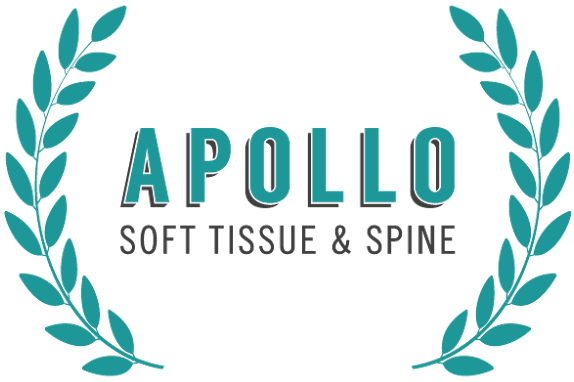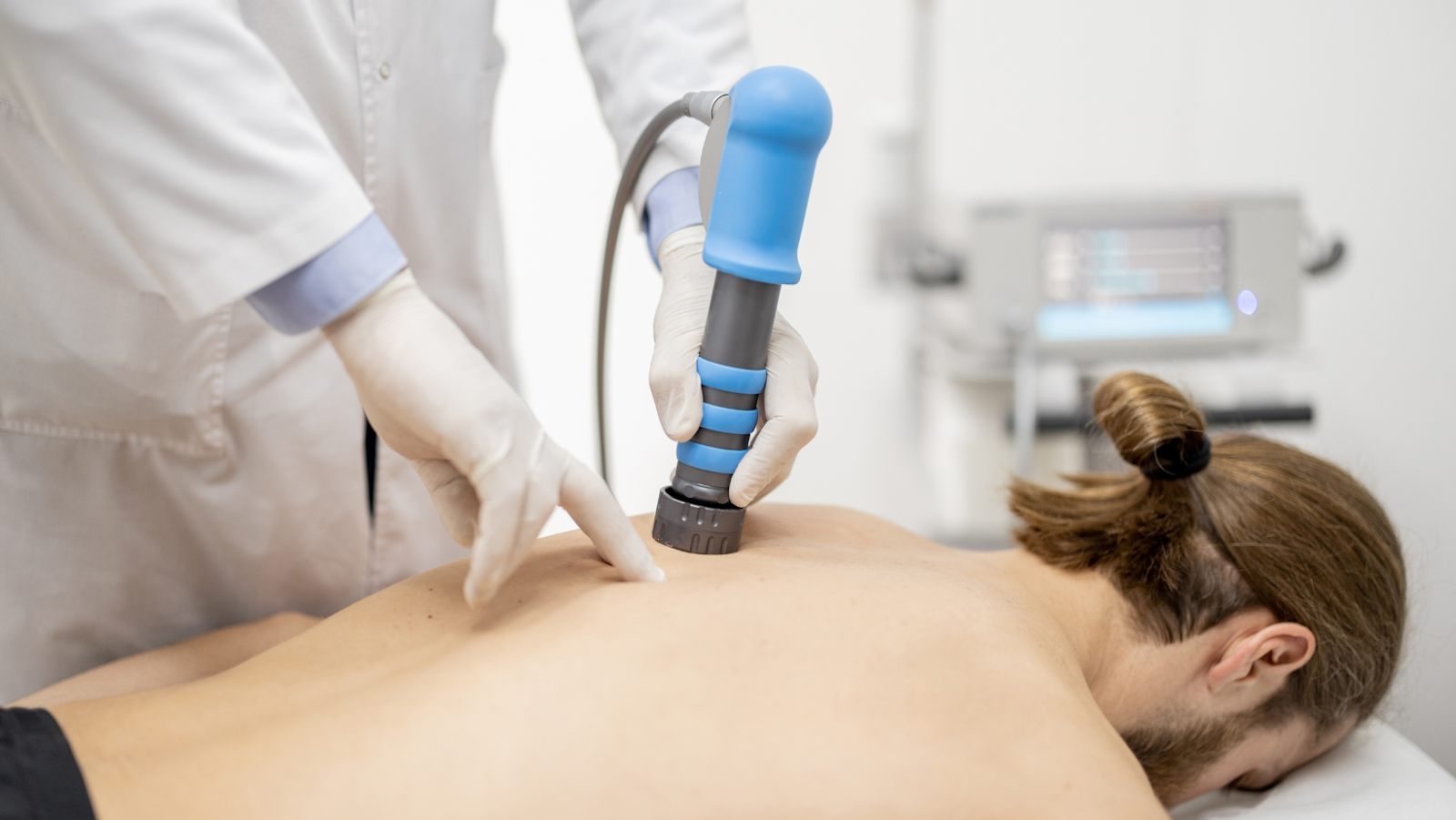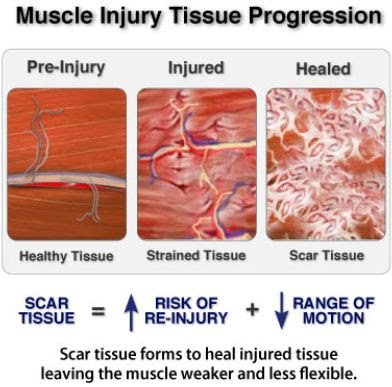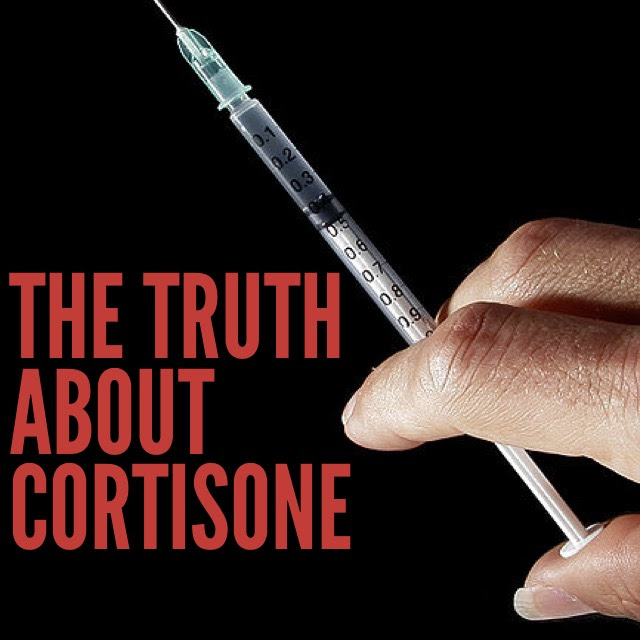Acoustic Wave Therapy (AWT) has gained significant attention in recent years as a non-invasive treatment option for various medical conditions. AWT uses high-energy acoustic waves to stimulate healing and promote tissue regeneration. This innovative therapy has piqued the curiosity of medical professionals and individuals seeking alternative treatment options.
The rise in popularity of Acoustic Wave Therapy can be attributed to its potential benefits and the desire for non-surgical alternatives to traditional medical treatments. People are increasingly seeking holistic approaches that minimize the risks and discomfort associated with surgery or medication. As AWT gains recognition for its effectiveness in various applications, the interest in this therapy continues to grow. Let’s delve deeper into the mechanics and history of AWT to understand why it has captured the imagination of so many.
Understanding Acoustic Wave Therapy
Acoustic Wave Therapy is a unique medical treatment that harnesses the power of sound waves to facilitate healing and alleviate pain. To truly grasp the concept, it’s essential to understand both the mechanism of action and the historical perspective behind this therapy.
Mechanism of Action
AWT relies on generating shockwaves, which are high-energy sound waves produced by a specialized device. These shockwaves are delivered to targeted body areas, initiating a cascade of biological responses. The specific intensity and frequency of these shockwaves are carefully controlled to maximize their therapeutic effects.
Once the shockwaves reach the tissues, they stimulate cellular responses that promote healing and regeneration. AWT is known to increase blood flow, stimulate the production of growth factors, and break down calcifications or scar tissue. These effects can be particularly beneficial in the treatment of conditions like erectile dysfunction, musculoskeletal injuries, and chronic pain.
Historical Perspective
Acoustic Wave Therapy has come a long way since its inception. Originally, shockwaves were used to break down kidney stones, marking the therapy’s earliest applications. Over time, researchers recognized the broader potential of AWT in various medical fields.
Throughout its history, AWT has witnessed significant milestones and innovations. Developing advanced devices and exploring new treatment areas have expanded the therapy’s reach. Today, AWT is employed in orthopedics, urology, dermatology, and more.
Scientific Evidence
Acoustic Wave Therapy (AWT) has garnered attention for its potential to benefit various medical conditions. Let us explore the scientific evidence surrounding AWT.
Clinical Studies (Muscle Applications)
Clinical studies using Acoustic Wave Therapy for muscle-related conditions have revealed promising results. For instance, a study published in the Journal of Sports Medicine and Physical Fitness examined the effects of AWT on athletes with chronic hamstring injuries. The research found that AWT significantly reduced pain and improved muscle function, enabling athletes to return to sports activities sooner. This finding underscores the potential of AWT as a non-invasive treatment option for muscle injuries.
Individuals suffering from conditions like myofascial pain syndrome or muscle strains have reported positive outcomes after AWT treatments. Many patients have experienced reduced pain, increased flexibility, and improved overall muscle function. These patient testimonials provide valuable insights into the tangible benefits of AWT for those dealing with muscle-related discomfort.
Applications of Acoustic Wave Therapy
Acoustic Wave Therapy (AWT) has a wide range of applications in the medical field. We will explore the various medical conditions that AWT can address and delve into the treatment protocols associated with each.
Medical Conditions Addressed
One of the most well-known applications of AWT is in the treatment of erectile dysfunction (ED). AWT has been shown to improve blood flow and stimulate tissue regeneration in the penis, leading to enhanced erectile function. It is often considered a non-invasive alternative for men seeking to improve their sexual health.
Over the years, AWT has gained popularity in treating musculoskeletal disorders such as plantar fasciitis, tendinitis, and muscle injuries. By promoting tissue healing and reducing pain, AWT can help individuals regain mobility and alleviate chronic discomfort.
Beyond ED and musculoskeletal disorders, AWT is also being explored for a range of other medical conditions. Researchers are investigating its effectiveness in treating conditions like cellulite, chronic pain syndromes and even enhancing wound healing. These diverse applications showcase the versatility of AWT in modern medicine.
Treatment Protocols
The treatment protocols for AWT can vary depending on the specific condition being addressed. In the case of erectile dysfunction, a typical protocol might involve a series of sessions, usually once or twice a week, over several weeks. For musculoskeletal issues, the frequency and duration of treatment sessions may be tailored to the severity of the condition and individual patient response.
Patients considering AWT should discuss their medical history and any existing health conditions with a healthcare professional. Some individuals may be better candidates for AWT than others, and a thorough assessment will help determine the suitability of the therapy. Additionally, factors like age, overall health, and lifestyle may influence the treatment approach.
Potential Risks and Side Effects
While Acoustic Wave Therapy offers promising benefits, it’s essential to be aware of potential risks and side effects associated with the treatment.
Common Side Effects
AWT is generally considered safe with minimal side effects. Common side effects may include mild discomfort, bruising, or redness at the treatment site. These side effects are typically temporary and resolve on their own.
Risk Mitigation Strategies
To ensure the safety of AWT, it is crucial to seek treatment from a qualified and experienced healthcare provider. They will be able to assess your suitability for the therapy and adjust the treatment parameters accordingly. Patients should also follow post-treatment instructions and communicate any unusual or concerning symptoms to their healthcare provider promptly.
Debunking Myths Surrounding Acoustic Wave Therapy
As with any medical treatment, Acoustic Wave Therapy (AWT) has generated its fair share of myths and misconceptions. In this section, we will address some common misunderstandings and set the record straight about AWT.
Misconception: AWT is painful and uncomfortable.
Fact: AWT is generally well-tolerated and minimally painful. Patients may feel mild discomfort or a tingling sensation during treatment, but it is usually not painful. The intensity of the treatment can be adjusted to ensure patient comfort.
Misconception: AWT is only for men with erectile dysfunction.
Fact: While AWT is indeed used to treat ED, its applications go beyond sexual health. It is effective in addressing musculoskeletal disorders, chronic pain, and even aesthetic concerns like cellulite reduction. AWT is not exclusive to any gender or age group.
Misconception: Anyone can administer AWT at home.
Fact: AWT should be administered by trained healthcare professionals using specialized equipment. Attempting to perform AWT at home without proper training and equipment can lead to injuries or ineffective treatment.
Ongoing Research and Future Developments
The field of Acoustic Wave Therapy continues to evolve as researchers and innovators explore new applications and technologies. Ongoing research in AWT has identified several promising trends that could shape the future of this therapy. One notable trend is the expansion of AWT into novel medical domains. Researchers are exploring its effectiveness in neurological conditions, such as stroke recovery and neuropathic pain management. Preliminary findings suggest that AWT may have a role to play in enhancing neural regeneration and reducing chronic pain in these conditions.
Technological advancements in AWT drive the development of more precise and effective treatment protocols. New generation shockwave devices are increasingly versatile, allowing targeted treatment of specific anatomical structures. This refinement in technology minimizes the risk of side effects and optimizes therapeutic outcomes.
Integrating artificial intelligence (AI) into AWT is also on the horizon, with the potential to revolutionize treatment planning and delivery. AI algorithms can analyze patient data, such as imaging and medical history, to personalize AWT protocols for optimal results. This approach may lead to more efficient and patient-centric treatments.
Summary of Key Findings
While AWT holds great promise, it’s essential to acknowledge its limitations. AWT is not a one-size-fits-all solution, and its effectiveness can vary depending on the specific condition and individual factors. Additionally, the therapy may require multiple sessions, and results may take time. Patient selection and proper administration by trained professionals are crucial to successful outcomes.
As with any medical treatment, AWT should be approached with realistic expectations and a thorough understanding of its potential benefits and limitations. It is a safe and non-invasive option for many individuals seeking relief from various medical issues. Still, consultation with a healthcare provider is key to determining its suitability for each patient’s unique needs.
In the ever-evolving landscape of medical therapies, Acoustic Wave Therapy stands as a promising and versatile tool. Ongoing research and technological advancements continue to expand its applications and improve treatment protocols. With the proper guidance and careful consideration of individual circumstances, AWT has the potential to provide meaningful benefits and contribute to the well-being of patients across a spectrum of medical conditions.




